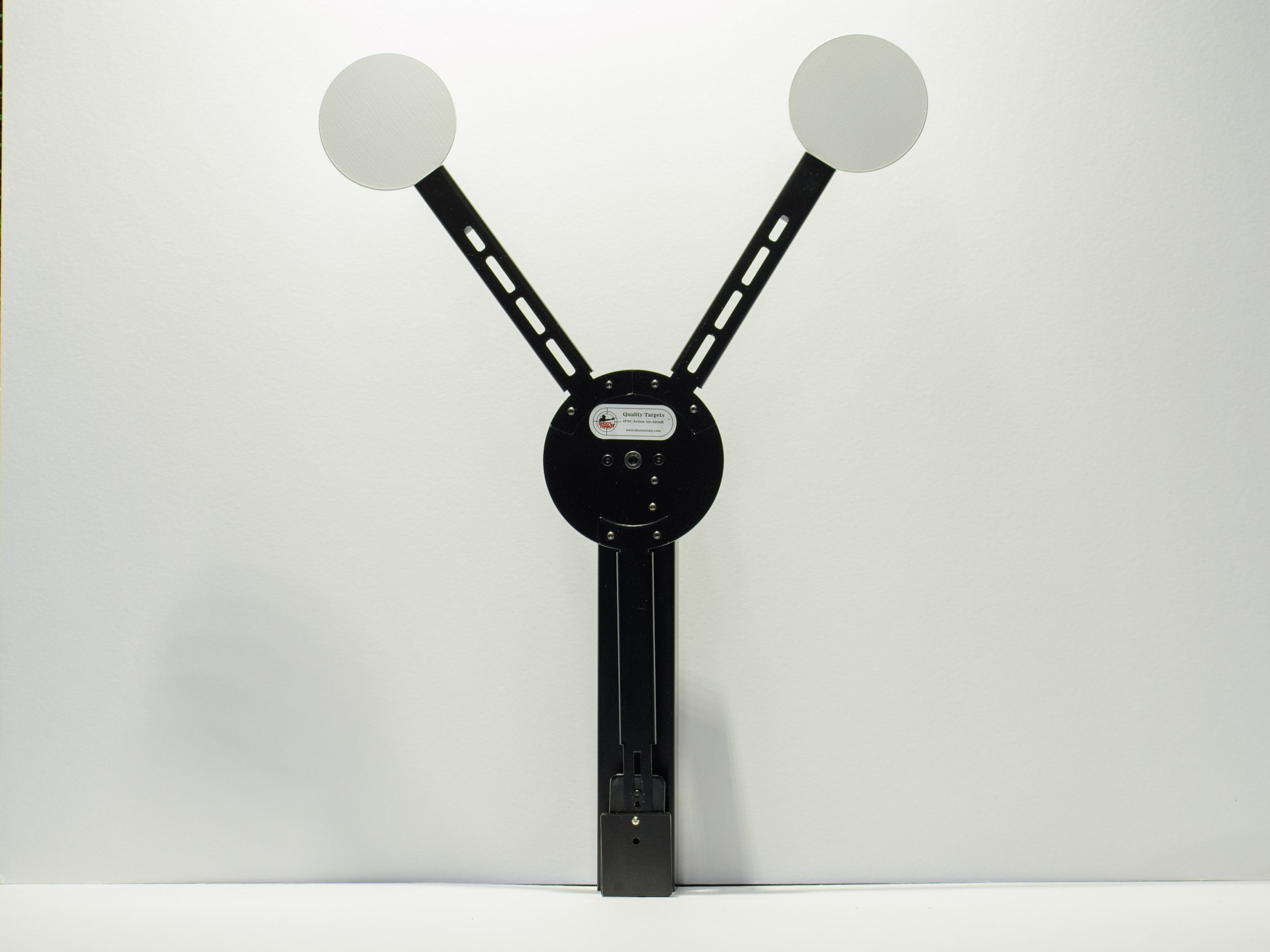Introduction
In the world of IPSC (Global Practical Shooting Confederation) competitors, precision and technique are important for success. To refine these abilities, shooters often turn to action air targets. These targets not only supply a reasonable shooting experience but also use various benefits in regards to training, equipment, and general performance improvement. In this article, we will check out the significance of enhancing method and precision with action air targets in IPSC competitions.
The Value of IPSC Competitions
IPSC competitions have actually acquired enormous appeal among shooting enthusiasts worldwide. These occasions obstacle participants to display their shooting abilities under different ipsc targets for competitions circumstances that simulate real-life scenarios. From speed drills to precision shots, IPSC uses a comprehensive platform to check one's capabilities. To excel in such competitions, shooters need to continuously refine their techniques and improve their accuracy.
Enhancing Technique and Precision with Action Air Targets
Action air targets play a pivotal function in boosting technique and accuracy for IPSC shooters. Let's delve into the various methods these targets contribute to a shooter's development.
1. Practical Shooting Experience
Action air targets closely simulate real-life shooting circumstances, offering shooters with an extremely sensible experience. These targets are designed to duplicate human shapes and movements, offering a dynamic training environment that simulates potential risks or self-defense circumstances. By practicing versus action air targets, shooters can better prepare themselves for the unpredictability they might experience throughout IPSC competitions.
2. Instant Feedback
One of the crucial benefits of action air targets is the instant feedback they offer to shooters. Whether it's through visual cues or audible indications, these targets provide instant info on shot placement and precision. This feedback enables shooters to rapidly recognize areas for enhancement and make needed adjustments in real-time. With each shot fired at an action air target, shooters can fine-tune their techniques and strive for greater precision.
3. Target Variety
Action air targets come in different shapes, sizes, and trouble levels. From fixed targets to moving ones, shooters can choose targets that align with their ability level and training objectives. This flexibility makes sure that shooters can gradually challenge themselves and continually enhance their strategy and accuracy. By regularly switching in between various types of action air targets, shooters can establish a well-rounded ability that is versatile to any IPSC competition scenario.
4. Devices Familiarization
IPSC competitions need shooters to deal with various kinds of guns and devices. Action air targets provide an excellent platform for familiarizing oneself with these tools. By experimenting action air targets, shooters can become more comfy with the weight, balance, and recoil of their guns. This familiarity equates into improved handling abilities during actual competitors, allowing shooters to concentrate on accuracy and strategy rather than battling with unknown equipment.

5. Psychological Conditioning
Shooting is not almost physical expertise; it likewise requires a strong mental game. Action air targets help shooters develop psychological conditioning by challenging their concentration, focus, and decision-making abilities. As shooters engage with reasonable targets that mimic real-life risks or situations, they should remain calm under pressure and make split-second decisions. This psychological conditioning gained through action air target practice significantly adds to enhancing general strategy and precision in IPSC competitions.
Frequently Asked Questions (Frequently Asked Questions)
Q1: What is the purpose of IPSC competitions?
IPSC competitions work as a platform for shooters to check their shooting skills under numerous scenarios that replicate real-life situations.
Q2: How do action air targets improve method and accuracy?
Action air targets provide a practical shooting experience, instantaneous feedback on shot placement, a variety of target alternatives for progressive training, equipment familiarization, and mental conditioning.
Q3: Can action air target practice replace live-fire training?
While action air target practice uses numerous benefits, it ought to complement live-fire training rather than replace it. Live-fire training is essential for mastering recoil management and developing muscle memory.
Q4: Are action air targets appropriate for beginners?
Yes, action air targets appropriate for shooters of all ability levels. Novices can begin with static targets and gradually development to more tough moving targets as they enhance their strategy and accuracy.
Q5: How often ought to shooters practice with action air targets?
The frequency of practice depends on private goals and availability. Nevertheless, routine practice sessions with action air targets, at least a couple of times a week, can yield noticeable enhancements in strategy and precision over time.
Q6: Can action air target practice help with self-defense skills?
Yes, the practical nature of action air targets makes them an effective tool for enhancing self-defense abilities. Practicing versus these targets enables shooters to improve their methods in scenarios that closely resemble potential threats.
Conclusion
Enhancing technique and precision with action air targets is a valuable aspect of IPSC training. These targets use a reasonable shooting experience, instantaneous feedback, target range, devices orientation, and mental conditioning. Integrating routine session with action air targets into one's training routine can have a significant impact on general efficiency in IPSC competitions. So, whether you are a newbie or a skilled shooter aiming to raise your skills, investing time in action air target practice is well worth it.